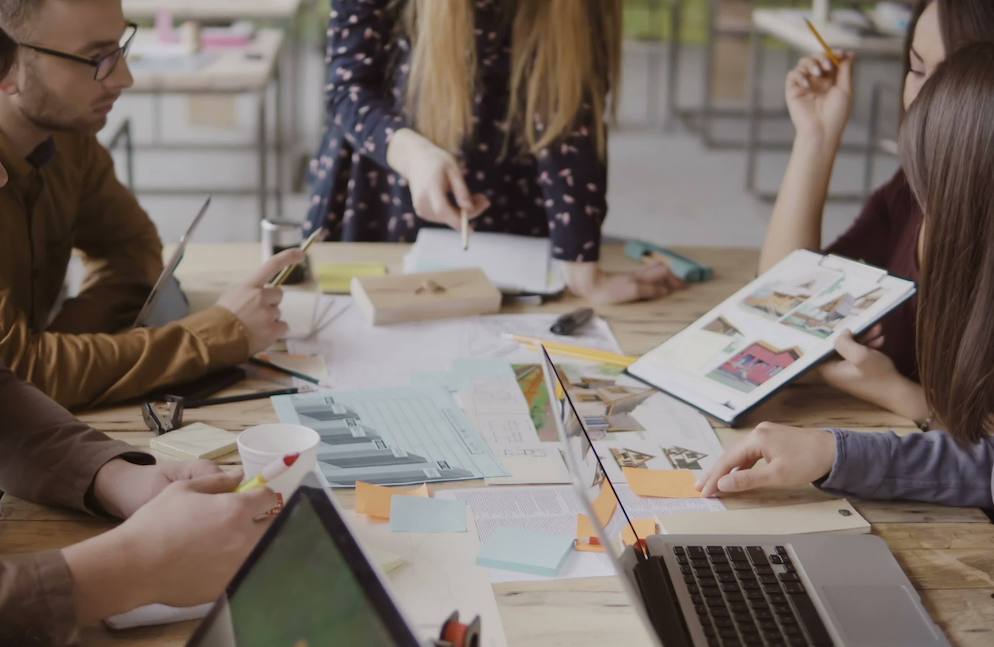Tapping the experience, skills, and talents of women remains one of Australia’s greatest opportunities for reaching its economic potential.
So, for a Budget centred around big spending for “investing in a Future Made in Australia,” it’s disappointing to see no new specific spending initiatives allocated for women’s entrepreneurship and women in startups.
Female founders remain woefully underfunded in Australia. Less than five per cent of private funding capital went to all female teams in 2023, and barely one-fifth to mixed-gender founding teams. This is an issue the current and previous three governments have recognised the need to address, and have each highlighted in different ways.
But the 2024-25 Federal Budget does not do much for such issues.
This is despite the Albanese Government’s “Future Made in Australia” providing a perfect opportunity to drive women’s participation in innovation, entrepreneurship, and startups.
While the lingering Boosting Female Founders Grant has been plagued with issues and remains a hangover from the previous Morrison Government, the program’s failures have been on the government side and not the fault of those it aimed to support.
These failures are no reason for getting in the way of a better and more robust program from being established in the future, especially when you consider the amount of funding that will go elsewhere.
Consider the all-male startup that is receiving more than $1 billion from the Federal and Queensland Governments. This Federal budget allocates $466.4 million to PsiQuantum, with all four of the co founders male and one half of the founding team being American.
While the Department of Prime Mininster and Cabinet has confirmed with Women’s Agenda that all project proposals of $250 million in spending underwent gender impact assessments, it’s not as yet clear how such initiatives would have applied to Psi Quantum, as well as to other project funded in the $22 billion-plus Future Planning initiative.
A number of small spending initiatives outline in the Future Plan have ensured women haven’t been excluded entirely. This is mostly made via the $55.6 million in spending for the Building Women’s Careers program over four years—aiming to expand support for women’s training in clean energy and other key industries. This may help women access jobs in such industries but not establish and build businesses.
Elsewhere, the Budget documents share some (limited) information regarding a new, voluntary Commonwealth Supplier Registration process through AusTender. This will allow businesses to self-nominate on AusTender as women-owned and led and give the Government the ability to measure and analyse the volume of women-owned and led businesses that the Commonwealth is contracting with.
The procurement tender, as it is currently outlined, is not about creating targets for including women-owned and led businesses. Rather, it’s about supporting the “development of future actions by building the evidence base on the experiences of women-owned and led businesses navigating government procurement processes.” No spending is allocated for this initiative.
Further, the Government is pointing to the $38.2 million allocated in the previous budget (over eight years) to support diversity in STEM, scaling up the Government’s Women in STEM programs and science engagement programs, and aiming to attract and retain more people from diverse backgrounds into STEM education and careers.
On supporting women in business, the Albanese Government will also discuss it’s provisions for extending the $20,000 instant asset write-off until 30 June 2025 and the $290 million in cash flow support that will go to up to four million small businesses. Potentially, they will note reforms to paid parental leave as supporting female business owners, including a provision in this Budget to fund superannuation on top of such payments.
But none of this comes close to the opportunity for women – and to Australia – in specifically targeting women entrepreneurs and business owners through investments that can help them seriously scale.
Treasurer Jim Chalmers highlighted the $22.7 billion Future Made in Australia package as helping to make “us an indispensable part of the global economy.”
He talked about Australian energy powering it, our resources building it, our regions driving it, our researchers shaping it and our workers thriving in it.
What he didn’t mention was the opportunity to tap into the potential of one-half of the population to supercharge these efforts.
Aside from some skills and development support for women workers within this, the package doesn’t go anywhere close to enabling this potential.
As Chalmers boldly promised, “We will create a front door for investors to accelerate and coordinate transformational projects.”
But this can’t be done without intentionally including women.
See more on our 2024 Federal Budget Coverage:
What’s in the Federal Budget 2024-25 for women?
New miscarriage database funded, and more women’s health spending
Limited support for ‘Crisis’ of domestic and family violence


